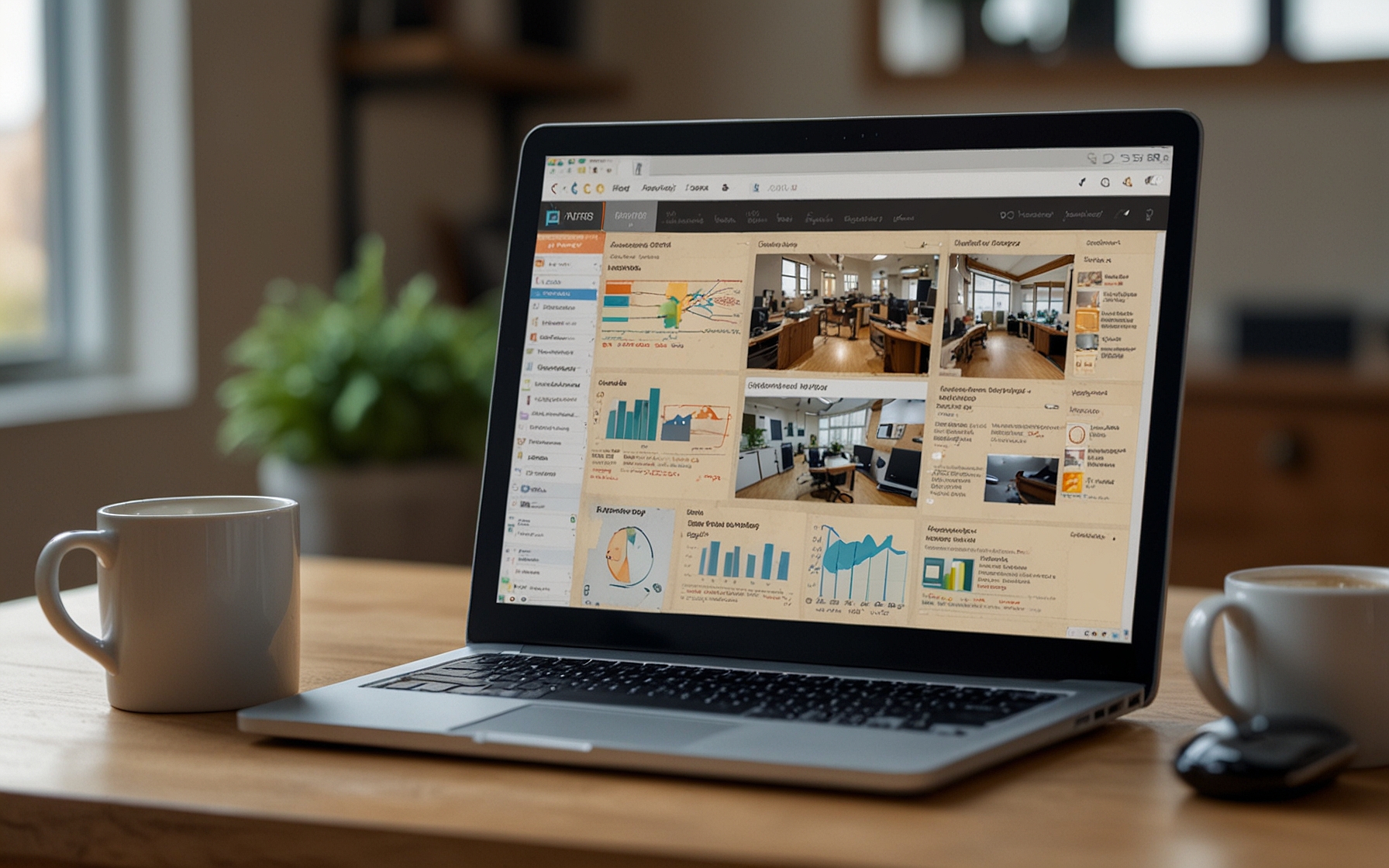
Mastering SEO: 10 Tips for Engaging Blog Posts
Writing SEO-friendly blog posts is crucial for growing your online presence. This blog provides ten actionable tips: choose and optimize target keywords, structure content with headings, write an engaging meta description, use keywords naturally, craft compelling titles, optimize post length, use internal and external links, enhance user experience with visuals, write a compelling intro and conclusion, and organize content using the topic cluster model. #SEOTips #Blogging #ContentMarketing
Writing SEO-friendly blog posts is an essential skill for anyone looking to grow their online presence. Here, we'll delve into ten actionable tips that will help you craft content optimized for search engines while keeping readers engaged. Following these strategies will ensure your posts rank higher, attract more traffic, and provide value to your audience.
1. Choose and Optimize Target Keywords
First and foremost, selecting the right keywords is critical. You need to identify a primary keyword that is a broad term representing your blog post's main topic, such as "indoor garden tips." Additionally, recognize secondary, related, and long-tail keywords. Tools like Semrush or GrowthBar can be incredibly helpful in analyzing keyword performance:
- Primary Keyword: The main keyword you want the page to rank for.
- Secondary Keywords: Variations and synonyms of the primary keyword.
- Related Keywords: Terms or subtopics related to the primary keyword.
- Long-Tail Keywords: More specific phrases with lower search volume but high intent.
Incorporating these keywords naturally throughout your post will enhance its relevance to search engines.
2. Structure Your Content with Headings
Proper content structure improves both user experience and SEO. Utilizing headings like H1, H2, and H3 in a hierarchical manner helps break up the text and makes it easier to read:
- Logical Hierarchy: Maintain a logical order with headings (H1, H2, H3, etc.).
- Keyword Inclusion: Integrate primary and secondary keywords into your headings.
- Descriptive and Concise: Make the headings descriptive yet concise to improve readability.
Following this structure will make your blog post more skimmable and user-friendly.
3. Write an Engaging Meta Description
Meta descriptions play a vital role in influencing click-through rates on search engine results pages (SERPs). Here are some best practices:
- Conciseness: Keep it under 155 characters.
- Keyword Usage: Include primary and related keywords.
- Search Intent: Align the meta description with what users are searching for.
- Call to Action: Encourage users to click through.
An engaging meta description can significantly boost your post's visibility and engagement.
4. Use Keywords Naturally Throughout the Content
Avoid keyword stuffing by incorporating keywords naturally. Utilize tools like Semrush to find semantically related terms and enhance topical relevance:
- Keyword Integration: Include primary and secondary keywords in a natural manner.
- Semantic Relevance: Integrate semantically related terms to enrich content relevance.
This balance of keyword usage ensures your content is reader-friendly and SEO-optimized.
5. Craft Compelling Titles
Crafting an enticing title is crucial for grabbing reader attention. Apply these tips:
- Length: Keep it between 50-60 characters.
- Primary Keyword: Include the primary keyword in the title.
- Value Proposition: Clearly state the benefit to the reader.
A well-crafted title will not just attract but also retain the reader's interest.
6. Optimize Your Blog Post Length and Depth
The length and depth of your post influence its search engine ranking. Aim for at least 1,500 words, with 2,000-3,000 words being ideal for competitive topics. Ensure your content thoroughly covers the topic and provides valuable insights, making it a go-to resource for readers.
7. Use Internal and External Linking
Both internal and external links enhance your blog's SEO:
- Internal Linking: Link to at least 2-3 pages within your site.
- External Linking: Link to reputable sources as a hub of resources.
Proper linking strategies can significantly improve your site's navigation and credibility.
8. Enhance User Experience with Visuals and Formatting
Visual elements and proper formatting keep readers engaged. Use images, infographics, and videos to break up the text. Keep paragraphs short and utilize clear headlines. Enhancing the visual and structural appeal can retain reader interest and improve SEO.
9. Write a Compelling Introduction and Conclusion
Starting with an engaging introduction and ending with a strong conclusion is key:
- Introduction: Hook the reader and incorporate the primary keyword.
- Conclusion: Summarize key takeaways and encourage readers to continue engaging with your content.
These elements ensure your post is captivating from start to finish.
10. Organize Content Using the Topic Cluster Model
Build authority in your niche by organizing content into topic clusters. Create pillar pages optimized for high-volume keywords and cluster content around related topics linked to these pillar pages. Regular internal linking can enhance visibility and authority of all content pieces, drawing more traffic to your site.
By applying these actionable tips, you can create SEO-friendly blog posts that not only rank higher but also engage your audience effectively.
#SEOTips #Blogging #ContentMarketing #DigitalStrategy







